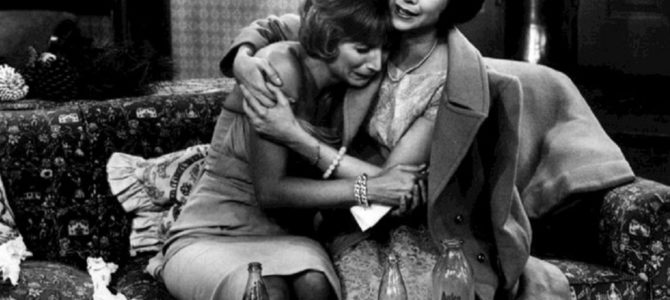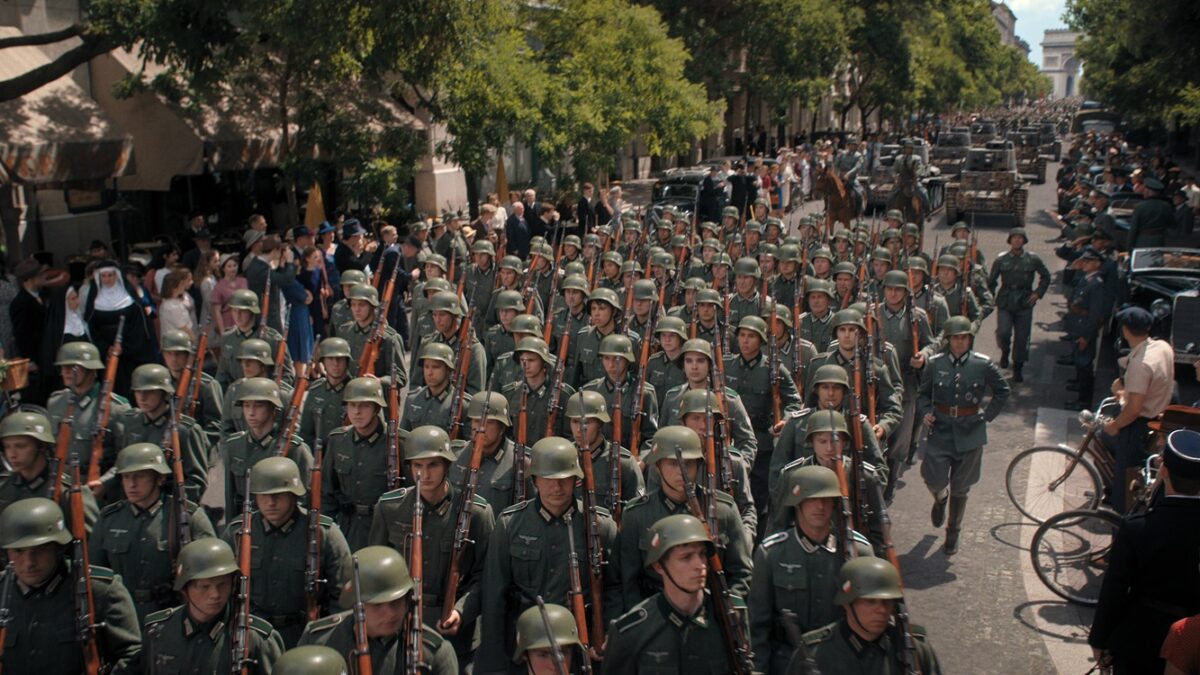You couldn’t fit the opening credits to “Laverne and Shirley” in an Instagram post. The sequence clocks in at nearly 80 seconds in length. That’s about 79 seconds too long by today’s standards.
I mean it. Penny Marshall’s death comes roughly a year after Netflix debuted its “Skip Intro” button, compelling us to hurtle straight past those superfluous seconds of recurring content. It’s a ritual that seems likely to fade away. Commercial-free shows like Netflix’s “Great News,” for instance, have opted to flash their titles on screen after an opening block, then scroll unobtrusively through credits at the bottom of the next scene.
Opening credit apologetics are about more than just nostalgia. Some features of our increasingly outmoded television customs are worth preserving. In the age of streaming, shows needn’t rely on traditional introductory credit sequences to fulfill their practical purposes of crediting people.
But, done right, opening credits orient us, endearing viewers to characters and settings, distilling a fictional universe to its essence. They’re a bridge through the time we devote to a show. (That, sadly, is waning in binge culture.)
“Laverne and Shirley” ran from 1976 to 1983. Marshall’s death on Tuesday came 35 years after the sitcom’s end. Its opening sequence is among the best in television history. (Right up there with “Dawson’s Creek.”) The 80 seconds that preceded every “Laverne and Shirley” episode captured the characters’ personalities, following them from their apartment to their job, even sparing time to show Milwaukee’s snowy streets— all against the backdrop of one of the cheesiest anthems the ‘70s ever produced (a high bar).
It was an earnest cheesiness, perfectly reflecting the show’s identity: self-aware but accessible, funny but uplifting, easy but smart. “We’ll do it our way, yes our way. Make all our dreams come true,” the song crescendoed. “Laverne and Shirley” wasn’t serious so much as it was seriously fun. But like everything Penny and Garry Marshall did, its humor was never without heart. The show’s credits conveyed that.
In the wake of her passing, a quote from a 1992 New York Times profile of Marshall made it into a couple of obituaries. “Marshall,” Peggy Orenstein observed, “doesn’t flinch at accusations of sentimentality.”
“I know I’m called that,” Marshall told Orenstein. “And I was gonna say I’m not doing it because it’s corny. But I like corny. I like what moves me. I go see movies and I think… ‘I don’t get it.’ I get intimidated by what they’re saying and there’s all these artsy parts that go right past me.” (There was an important anti-elitist streak in her and Garry’s work, of which the lovable Laverne DeFazio is herself a good example.)
Opening credits don’t necessarily have to be sentimental, but sentimentality is a byproduct of ritual. Unless your only motivation for watching television is to pass the time, I think there’s good reason to be sentimental about the programming we spend hours and days and weeks and years consuming.
Marshall always understood the value of so-called corniness, deftly identifying and pursing the easy, efficient shortcuts to our heartstrings. The reason I love her work is the same reason I refuse to “Skip Intro.” For a master class in the value of opening credits, it’s hard to do better than “Laverne and Shirley’s” 80 seconds of unabashed corniness.









